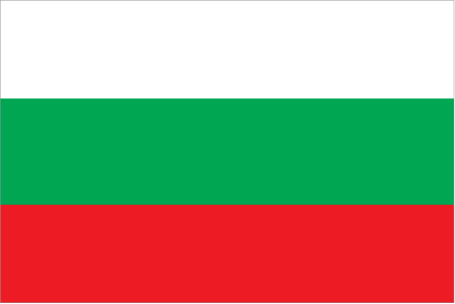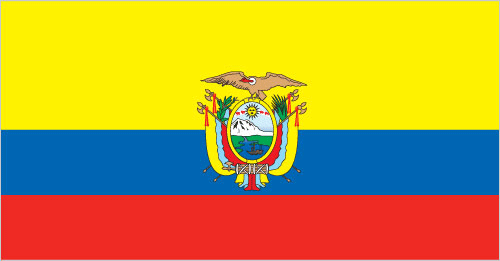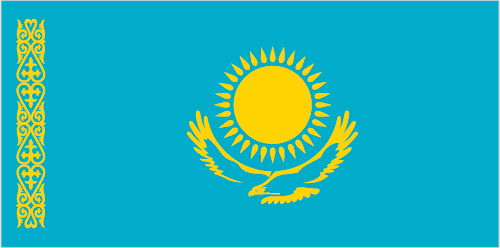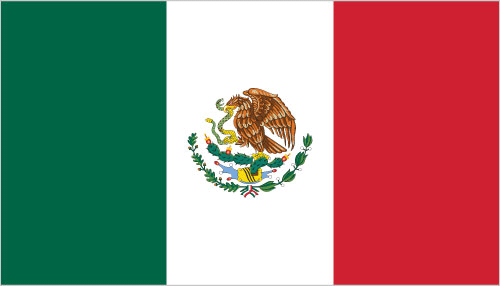Green Leadership – Belt & Road Initiative

China’s Belt and Road Initiative (BRI) is set to improve connectivity and cooperation on a transcontinental scale. By most estimates, the BRI, hailed as the “project of the century”, is already the world’s biggest investment program and could eventually mobilize trillions of dollars for a host of new multinational ventures, including dams, railways and ports. How can green leadership play a role in ensuring its success?
As BRI projects move forward, with Chinese financial institutions already bankrolling US$440 billion worth of projects within participant countries, China is determined to push ESG (environmental, social and governance) considerations to an unprecedented level in a move displaying green leadership.
Sustainable investing remains a niche sector, but its growth trajectory indicates that a healthy appetite exists for such products. Green bonds raked in US$86 billion in the first half of 2019, a rise of 26% on the same period last year, Refinitiv data shows.
We are optimistic of seeing a concerted effort from the world’s public and private sectors to ensure the BRI is a success for all stakeholders, in turn helping us to create a better world for posterity.
However, the BRI’s impact cannot be analyzed in a monetary context alone. Its immense scope is being realized amid urgent calls for governments to protect the planet’s endangered resources and act on climate change by displaying green leadership.
Those messages have resonated with the Chinese government, which has endorsed several ‘Green Investment Principles’ for the BRI to incorporate low-carbon and sustainable development practices. President Xi Jinping, who conceived and has championed the initiative, has also spoken of the need for the BRI to create green and sustainable infrastructure – a great example of green leadership.
Nicole Chen, Head of China at Refinitiv, attended The Fortune Global Sustainability Forum.
Building a sustainable Silk Road
the initiative aims to boost trade, cooperation and integration along the proposed links, which span Europe, Africa and Asia, and help emerging markets around the world to be part of the global economic order. The ambitious initiative currently includes port projects in Europe, industrial parks in Africa and Central Asia, and transport links across Asia, to name a few. According to Refinitiv data, power & water and transportation-related projects account for more than two-thirds of the BRI projects in the works.
One critical issue, though, is that large-scale infrastructure and logistics plans have traditionally been at odds with environmental interests. According to the World Bank, approximately 70% of global greenhouse gas emissions come from infrastructure construction and operations.
The building of airports, roads and railways, which includes the use of heavy machinery and the production of harmful waste, can lead to the destruction of natural habitats and a loss of biodiversity. And because a bulk of the BRI projects are in these areas, sustainable finance has an especially significant role to play.
The Asian Development Bank estimates that US$26 trillion needs to be invested in infrastructure in Asia alone by 2030 to maintain economic expansion, eradicate poverty and respond to climate change. So in order to plug this massive funding gap – while complying with the Paris Agreement and UN Sustainable Development Goals – the growing consensus is that green finance should be prioritized in the international community.
Nicole Chen spoke at The Fortune Global Sustainability Forum.
 Albania
Albania Algeria
Algeria Andorra
Andorra Argentina
Argentina Armenia
Armenia Australia
Australia Austria
Austria Azerbaijan
Azerbaijan Bahrain
Bahrain Belgium
Belgium Bolivia
Bolivia Brazil
Brazil Bulgaria
Bulgaria Cambodia
Cambodia Cameroon
Cameroon Canada
Canada Chad
Chad Chile
Chile China
China Colombia
Colombia Costa Rica
Costa Rica Croatia
Croatia Cyprus
Cyprus Czechia
Czechia Denmark
Denmark Ecuador
Ecuador Egypt
Egypt Finland
Finland France
France Georgia
Georgia Germany
Germany Ghana
Ghana Greece
Greece Hungary
Hungary Iceland
Iceland India
India Indonesia
Indonesia Ireland
Ireland Italy
Italy Jamaica
Jamaica Japan
Japan Jordan
Jordan Kazakhstan
Kazakhstan Kenya
Kenya Kuwait
Kuwait Latvia
Latvia Lebanon
Lebanon Libya
Libya Lithuania
Lithuania Luxembourg
Luxembourg Malaysia
Malaysia Maldives
Maldives Mali
Mali Malta
Malta Mexico
Mexico Moldova
Moldova Monaco
Monaco Morocco
Morocco Netherlands
Netherlands New Zealand
New Zealand Nigeria
Nigeria North Macedonia
North Macedonia Norway
Norway Oman
Oman


